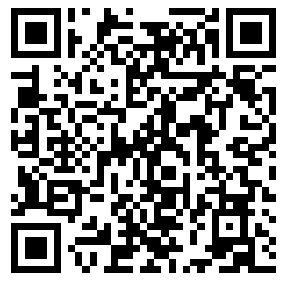2018 HKTDC Electronics Fair
HKTDC Electronics Fair
Date: Oct.13th~16th, 2018
Stand No.:3G C10
Address: 1 Expo Drive, Wan Chai, Hongkong(Harbour Road Entrance)

APP Umeasure---the must-have home decorating apps for iOS And Android which can connect with Mobile and Laser Distance Meter
Copyright © 2020 Zhuhai Measure Science and Technology CO.,LTD | All Rights Reserved